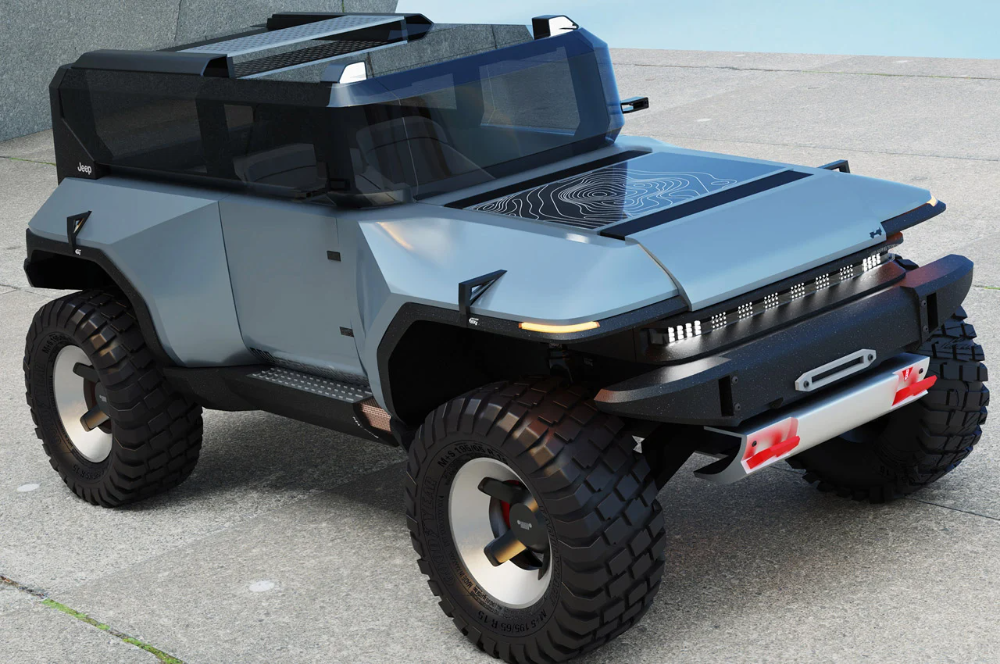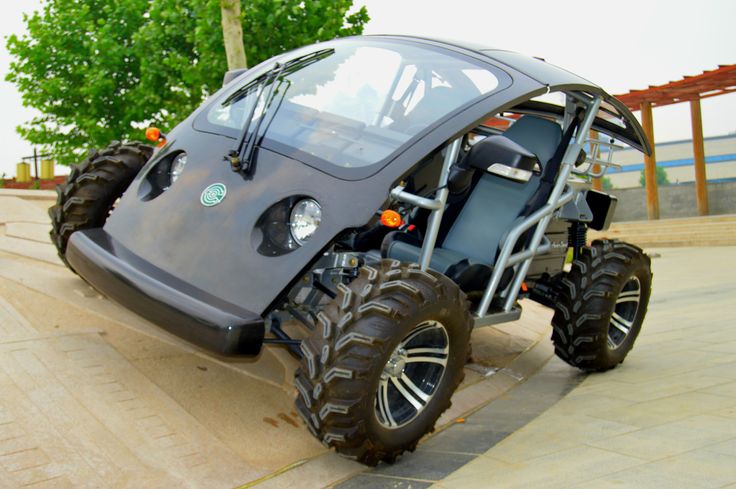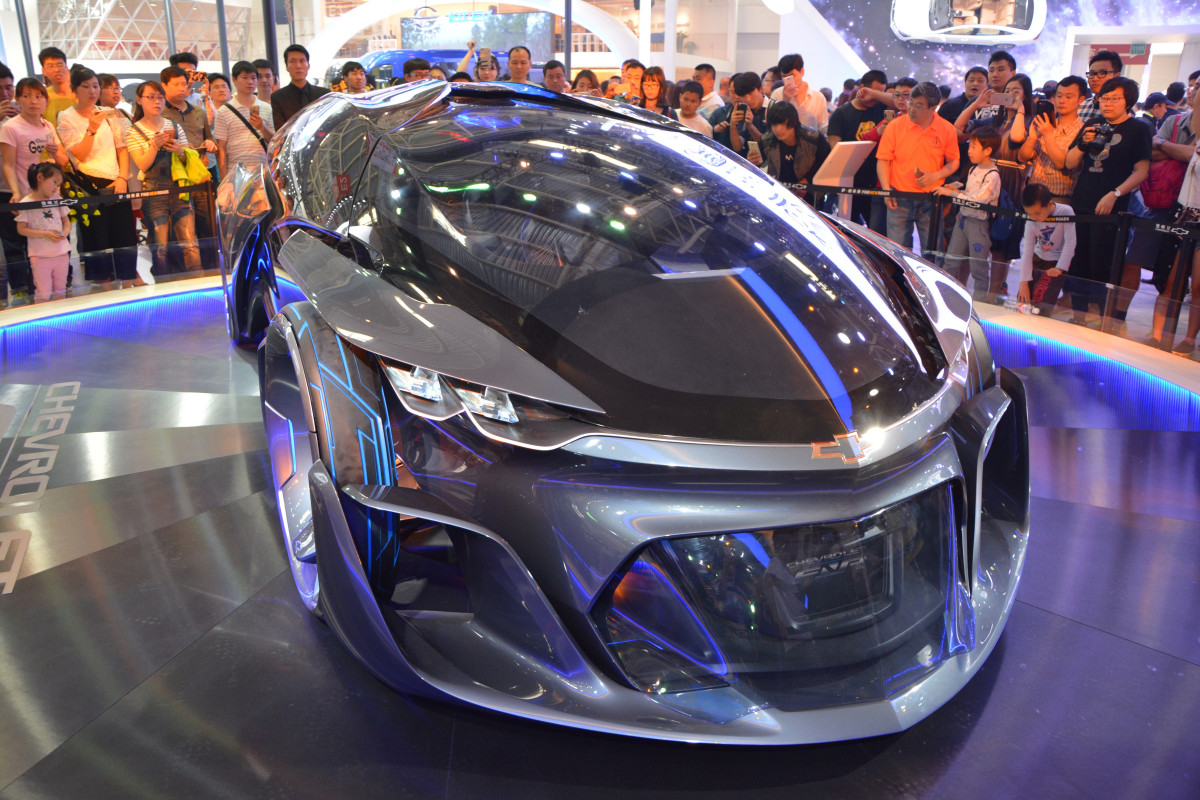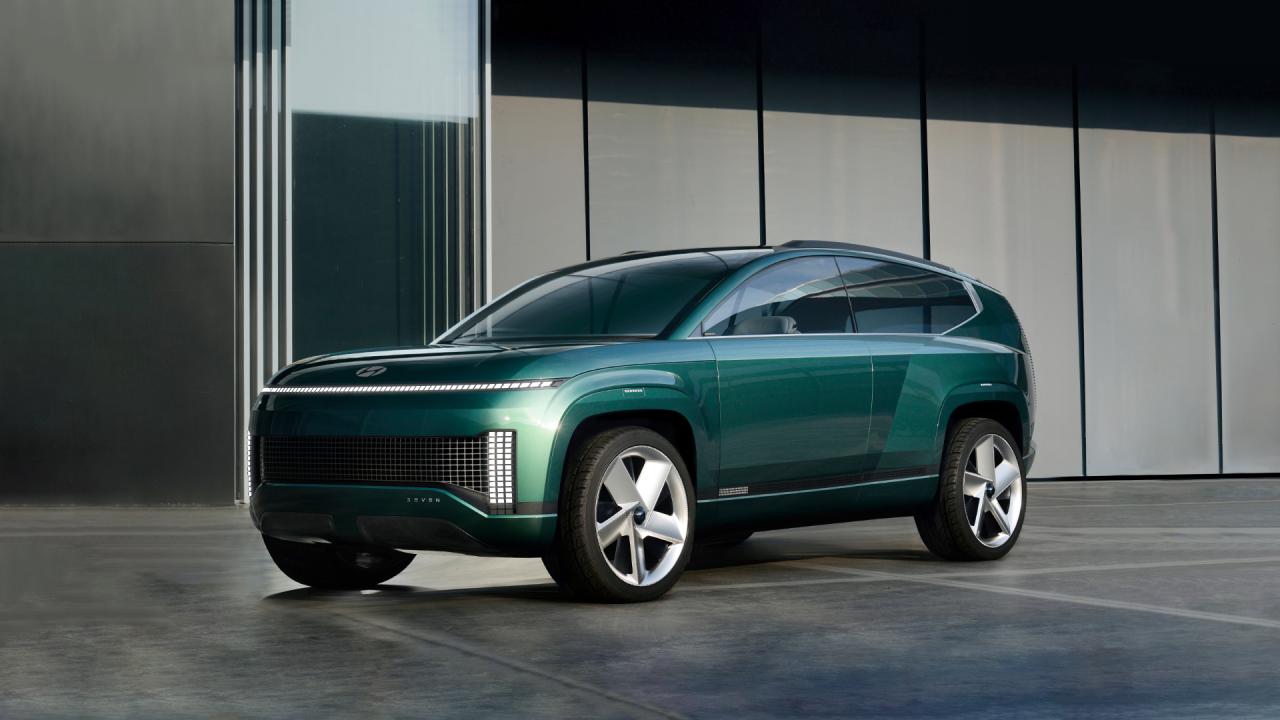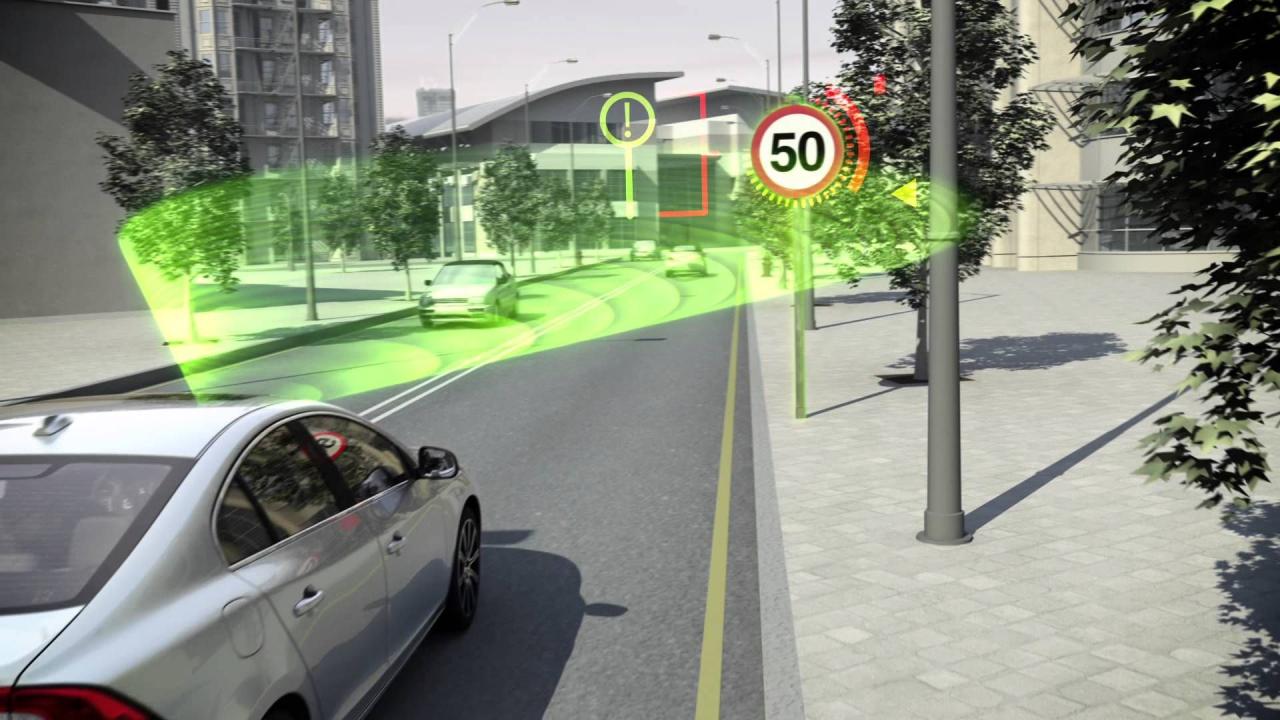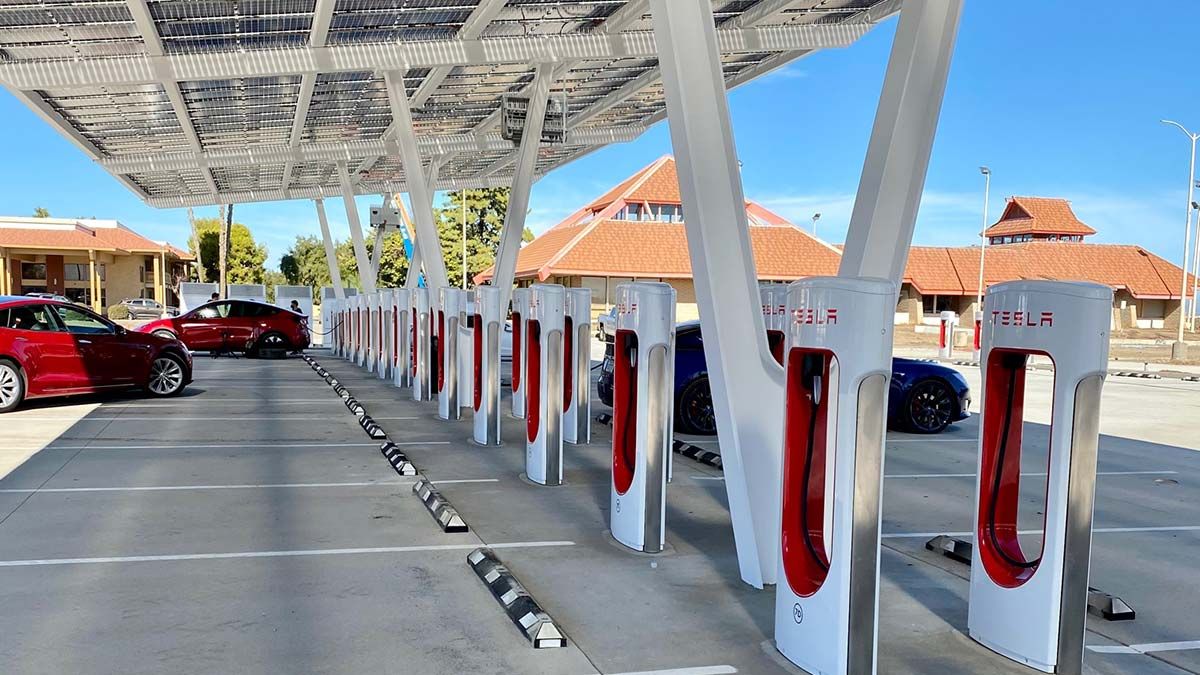The Silent Revolution: Electric Powers Adventure
The world of off-roading, long synonymous with roaring internal combustion engines, the smell of gasoline, and rugged mechanical prowess, is undergoing a profound transformation. A silent revolution is sweeping across the trails, deserts, and rock climbs as off-roaders embrace electric power. This shift isn’t just about environmental responsibility; it’s about unlocking a new realm of performance, capability, and driving experience that traditional gasoline or diesel vehicles simply can’t match. Electric powertrains bring instant torque, precise control, reduced complexity, and a serene driving experience to the wilderness, redefining what’s possible when the pavement ends. This convergence of rugged capability and cutting-edge electric vehicle (EV) technology is setting the stage for the next generation of adventure vehicles.
From Roar to Whisper: The Evolution of Off-Road Power
For decades, the archetype of an off-road vehicle has been characterized by its robust engine—be it a high-torque diesel for towing and crawling, or a powerful gasoline V8 for high-speed desert running. Vehicles like the Jeep Wrangler, Land Rover Defender, and various pickup trucks from Ford, Chevrolet, and Toyota have cemented their legendary status with powertrains that were mechanically simple, easily repairable in remote areas, and designed for grunt work. The sound of a revving engine, the shifting of gears, and the distinct smell of exhaust fumes were integral parts of the off-road experience.
However, as the broader automotive industry began its pivot towards electrification, it was only a matter of time before this trend infiltrated the specialized world of off-roading. Early resistance stemmed from concerns about range anxiety in remote areas, battery durability against impacts and water, and charging infrastructure. Yet, pioneering companies and enthusiastic custom builders began experimenting, quickly discovering that electric propulsion offered inherent advantages that could actually enhance off-road capability. The first glimpses of fully electric off-road concepts and prototypes started appearing in the late 2010s, with mainstream manufacturers soon following suit. The conversation shifted from if electric off-roaders would arrive, to when and how they would redefine the segment.
Why Electric Off-Roading Makes Sense: Unpacking the Advantages
The adoption of electric powertrains in off-road vehicles isn’t merely a nod to sustainability; it brings a host of compelling performance and experiential benefits that are particularly advantageous for tackling challenging terrain.
A. Instant and Unrelenting Torque: Perhaps the most significant advantage of electric motors for off-roading is their ability to deliver 100% of their peak torque instantaneously from 0 RPM. Unlike internal combustion engines that need to build revs to reach their maximum torque output, electric motors provide immediate, unadulterated power delivery. This is a game-changer for rock crawling, steep ascents, or pulling heavy loads, where precise, low-speed torque is critical. There’s no need to rev the engine, slip the clutch, or wait for turbochargers to spool up; the power is just there, exactly when you need it.
B. Precise Control and Modulation: The electronic control over electric motors allows for incredibly fine and accurate power modulation. This enables sophisticated traction control systems to distribute torque precisely to each wheel that has grip, preventing wheelspin and maximizing forward momentum. In four-motor setups (one motor per wheel), true torque vectoring becomes possible, where the vehicle’s computer can independently send power to individual wheels, enhancing maneuverability and stability in slippery conditions or tight turns without the need for traditional differentials. This level of granular control surpasses mechanical limited-slip or locking differentials in many scenarios.
C. Simplified Drivetrain and Enhanced Durability: Electric powertrains significantly reduce mechanical complexity. They eliminate multi-speed transmissions, transfer cases, driveshafts, and often even traditional differentials. Fewer moving parts mean less to break, fewer fluids to leak, and less maintenance required. This simplicity enhances durability and reliability, particularly in harsh off-road environments where traditional components can be vulnerable to damage from rocks, water, or extreme articulation. The motors themselves are often sealed units, highly resistant to water and dust ingress.
D. Improved Ground Clearance and Underbody Protection: The compact nature of electric motors and the ability to integrate batteries within the chassis floor (a “skateboard” platform) can lead to a lower center of gravity, enhancing stability, while simultaneously allowing for greater ground clearance without resorting to large lifts. Furthermore, placing batteries within the frame offers a natural opportunity for robust underbody skid plates and protection, shielding vulnerable components from impacts.
E. Quiet Operation and Enhanced Immersion: One of the most unique aspects of electric off-roading is the near-silent operation. The absence of engine noise allows occupants to fully immerse themselves in the sounds of nature—the crunch of gravel, the rush of water, the calls of wildlife. This quietness not only enhances the outdoor experience but also reduces disturbance to wildlife and local communities, making for a more respectful and harmonious interaction with the environment.
F. Reduced Emissions and Environmental Footprint: While performance benefits are significant, the environmental advantages of zero tailpipe emissions are undeniable. Electric off-roaders contribute to cleaner air in pristine natural environments, reducing localized pollution. When charged with renewable energy, their overall carbon footprint can be dramatically lower than that of fossil fuel vehicles, aligning with growing ecological awareness among outdoor enthusiasts.
G. Auxiliary Power Capabilities (V2L/V2V/V2H): Many electric off-road vehicles are being designed with significant onboard battery capacity that can be used to power external devices. Features like Vehicle-to-Load (V2L) allow users to plug in tools, camping equipment, or even charge other EVs (Vehicle-to-Vehicle, V2V) directly from the vehicle. Some even support Vehicle-to-Home (V2H) functionality, acting as a backup power source for a house during outages. This makes them incredibly versatile adventure companions and emergency support vehicles in remote areas.
Overcoming the Hurdles: Addressing the Challenges
While the advantages are compelling, the journey to widespread electric off-roader adoption faces legitimate challenges that manufacturers are actively working to overcome.
A. Range Anxiety and Charging Infrastructure: The primary concern for off-roaders venturing into remote wilderness is range anxiety. Unlike highways, dedicated EV charging infrastructure is virtually nonexistent off-grid. Large battery packs are a partial solution, but efficient charging solutions for remote areas (e.g., portable solar arrays, fast-charging generators, or community charging hubs) are critical. The development of more energy-dense batteries and ultra-efficient powertrains will also mitigate this concern.
B. Battery Durability and Thermal Management: Batteries are heavy and sensitive to extreme temperatures and physical impacts. Protecting large battery packs from punctures, crushing, or water ingress during aggressive off-roading (rock crawling, water crossings) requires robust engineering, advanced skid plates, and sealed enclosures. Effective thermal management systems are also crucial to prevent overheating in hot climates or during sustained heavy use, which can degrade battery performance and lifespan.
C. Weight Considerations: Battery packs are inherently heavy. This added weight can impact suspension tuning, tire wear, and potentially reduce payload capacity. While the low center of gravity from a floor-mounted battery is beneficial for stability, engineers must meticulously manage overall vehicle mass to ensure agile handling and retain the ruggedness expected of an off-roader. Innovative lightweight materials in the body and chassis are part of the solution.
D. Cost of Entry: Currently, electric vehicles, especially those with large battery packs suitable for off-roading, tend to have a higher upfront purchase price than their internal combustion counterparts. As battery technology scales and production efficiencies improve, costs are expected to decrease, making them more accessible to a broader market segment.
E. Repairability in Remote Locations: In a mechanical ICE vehicle, basic field repairs can often be performed with simple tools. Electric off-roaders, with their complex electronics and high-voltage systems, require specialized knowledge and equipment for repairs. Manufacturers are addressing this by designing modular components and diagnostic tools accessible to authorized service centers, but roadside repairs in deep wilderness remain a consideration.
F. Towing Capacity and Range Degradation: While electric vehicles excel at instant torque for towing, the act of towing heavy loads significantly impacts battery range, even more so than with gasoline vehicles. Manufacturers are optimizing powertrains and battery cooling to mitigate this, but users must still account for substantial range reduction when towing trailers or other heavy equipment over long distances or challenging terrain.
Leading the Charge: Key Players and Emerging Models
The market for electric off-roaders is rapidly expanding, with both established automotive giants and innovative startups vying for leadership.
A. Rivian: Often credited with igniting significant interest in the electric adventure vehicle segment, Rivian has launched the R1T pickup truck and R1S SUV. These vehicles are designed from the ground up as electric off-roaders, featuring quad-motor setups for extreme torque vectoring, impressive wading depths, and integrated features like gear tunnels and camp kitchens, appealing directly to the outdoor adventure market.
B. GMC Hummer EV: A dramatic reinterpretation of the iconic brand, the GMC Hummer EV is a technological tour de force. It boasts “CrabWalk” mode (all-wheel steering allowing diagonal movement), “Extract Mode” (raising the ride height significantly), and immense power figures. It’s positioned as an extreme off-roader that pushes the boundaries of what’s possible with electric propulsion.
C. Ford F-150 Lightning: While primarily designed as an electric work truck, the F-150 Lightning retains much of the F-150’s inherent off-road capability, especially in its 4×4 variants. Its instant torque and available extended-range battery make it surprisingly capable on trails, particularly for overland and light-duty off-road use, capitalizing on Ford’s vast existing truck market.
D. Jeep (Stellantis): As the quintessential off-road brand, Jeep is heavily investing in electrification. While they currently offer the Wrangler 4xe (a plug-in hybrid with significant electric-only range for trails), they have committed to offering a fully electric version of every model by 2025 for their North American lineup, including the upcoming Recon and Wagoneer S, designed with serious off-road prowess in mind. Their “Jeep 4x4e” philosophy aims to enhance legendary capability with electric power.
E. Tesla Cybertruck: With its futuristic, angular design, the Cybertruck is engineered for rugged utility and performance, including off-road capability. Its stainless-steel exoskeleton, air suspension, and powerful electric powertrains suggest it will be a formidable contender, though its real-world off-road prowess in extreme conditions is still being evaluated.
F. Toyota and Land Rover: Established players like Toyota (with its long-standing Land Cruiser and Tacoma heritage) and Land Rover (known for the Defender and Range Rover) are actively developing their own fully electric off-road platforms. While they have been more cautious than some startups, their extensive experience in building durable off-roaders will be critical as they transition to electric. Concepts like the Land Rover Defender EV and electric Toyota trucks are anticipated.
G. Specialty and Conversion Companies: Beyond mainstream manufacturers, a niche market of companies specializing in electric off-road conversions is emerging, transforming classic 4x4s into silent, powerful electric machines. This segment highlights the passion and innovation driving the electric off-road movement from the grassroots up.
The Future of Off-Road Adventure: Beyond Boundaries
The future of off-roading is undeniably electric, promising to push the boundaries of exploration, capability, and environmental stewardship. The advantages of instant torque, precise control, reduced noise, and simplified maintenance are too compelling for the segment to ignore.
A. Increased Integration with Nature: The quiet operation of electric off-roaders will allow for a deeper, more respectful connection with natural environments, reducing noise pollution and preserving tranquility in wilderness areas. This aligns with a growing desire among outdoor enthusiasts to minimize their impact.
B. Specialized Charging Solutions: Innovation will continue in charging infrastructure for remote areas. This could include portable battery banks, rapid-deploy solar charging arrays, and potentially even vehicle-to-vehicle charging capabilities between support vehicles. The “charging hub” model in popular off-road destinations might also emerge.
C. Advanced Software and AI for Terrain Management: Future electric off-roaders will leverage increasingly sophisticated software and artificial intelligence to automatically adapt suspension, power delivery, and traction control settings to specific terrains (e.g., sand, mud, rocks). “Crawl control” and “terrain response” systems will become even more intuitive and effective, simplifying complex maneuvers for drivers.
D. Modular and Customizable Platforms: The “skateboard” chassis design, common in EVs, lends itself well to modularity. This could lead to highly customizable off-road platforms where users can easily swap body styles, battery packs for different ranges, or specialized equipment for various adventures (e.g., camping modules, recovery gear).
E. Robustness and Reliability: As the technology matures, electric off-road vehicles will become even more robust and reliable, specifically designed to withstand the extreme conditions encountered on trails, including deep water crossings, significant temperature fluctuations, and continuous vibrations. This will instill greater confidence in consumers for long expeditions.
F. Hybrid Off-Road Solutions: While full EVs are gaining traction, plug-in hybrids (PHEVs) will continue to play a crucial role as a bridge technology, offering the benefits of electric range for trails combined with the flexibility of a gasoline engine for extended journeys or areas without charging infrastructure. This offers a “best of both worlds” solution for many.
The silent revolution is not just changing how off-roaders are powered; it’s changing the very essence of the off-road adventure. It’s about empowering enthusiasts to explore further, conquer more challenging obstacles, and do so with a deeper respect for the natural world. The future of off-roading is about embracing clean power for dirty fun, proving that innovation can truly redefine performance without compromise.

